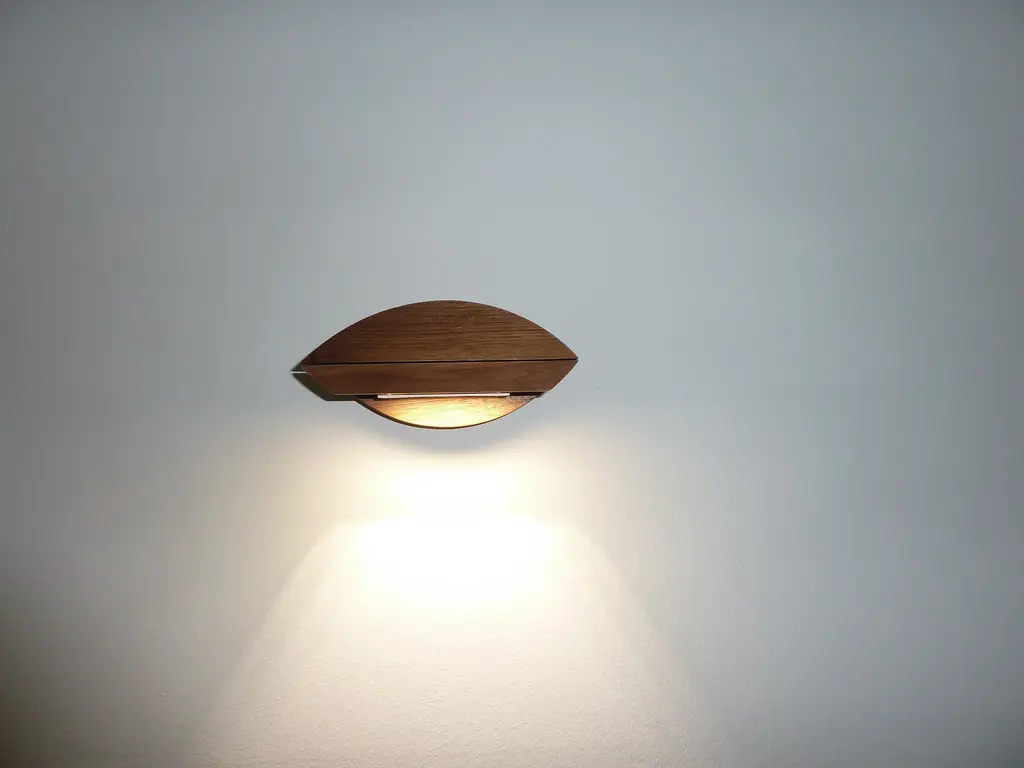LED, standing for light-emitting diodes, technology operates by using tiny chips in heat-conducting materials. LED lamps provide a variety of benefits to both the consumer and the environment. Learning about 9 of these benefits listed below will build an appreciation for this green-living technology.
1. Instantaneous lighting
When users turn on a fluorescent lighting source, the bulb usually flickers and makes clicking sounds. It takes a few moments to actually light the appropriate area. Depending upon the efficiency of the bulb, an incandescent lighting source can take a moment or two to operate. Using an LED lamp provides instantaneous lighting. As soon as the light is turned on, it operates as planned.
2. Lower operating costs
Traditional lighting sources cost an average of $4 USD per bulb, according to industry experts. LED lighting, in comparison, costs $1 USD per year. Multiple this by the number of LED sources throughout a workplace, and it is easy to see how a company’s operational expenses will benefit.
3. Less heat
Traditional lighting sources emit heat. An efficient LED lamp will emit less heat than traditional incandescent lighting sources. The lighting source stays cool throughout usage. Almost nothing is more frustrating than to sit next to a light source that heats up the working area. Not only does this increase the discomfort level, it can also hinder production. By using a LED lamp that naturally emits less heat during usage, users can be assured of staying comfortable while performing required duties.
4. Saves energy
It takes energy to produce the heat emitted by traditional lighting sources. Using an LED lamp will save electricity, thereby saving valuable energy and environmental resources. Once an LED lamp is turned off, it uses zero electricity. Even when a traditional lighting source is turned off, if it is still plugged into a wall outlet, it uses energy.
5. Increased stability
LED lamps are known for emitting a steady stream of bright light throughout its useful life. Instead of lights flickering, a well-designed LED lamp will allow users to work efficiently with a reliable light source.
6. Less eye strain
A key component of workplace ergonomics involves reducing eye strain. LED lighting fits in perfectly with this. Incandescent lighting has a tendency for causing glare, improper lighting, and other work-related vision strain. LED lighting emits a bright and continuous stream of light that improves worker comfort.
7. Decreased vulnerability
Fluorescent or incandescent lighting sources contain glass components. These glass components can easily break, shatter, or be subject to vibrations and other hazards. LED lamps, in comparison, are manufactured without using any glass components. This decreased vulnerability improves the product’s useful life.
8. Increased versatility
LED lamps have a versatility factor that traditional lighting sources lack. Traditional light bulbs cannot fit into small spaces. LED sources come in a variety of sizes, some small enough to fit into spaces previously not thought of in the lighting industry.
9. Directed light source
LED lamps provide a direct stream of light that covers a specific area. This improves efficiency and cost factors. Traditional sources, in comparison, light up a wide area. Some of this area can be completely unused. This wastes energy and efficiency.
With so many benefits obtained by using LED lamps, firms can learn more by consulting with a lighting professional. Lighting professionals understand the intricacies of fitting workplace environments with appropriate lighting sources for optimum success.





